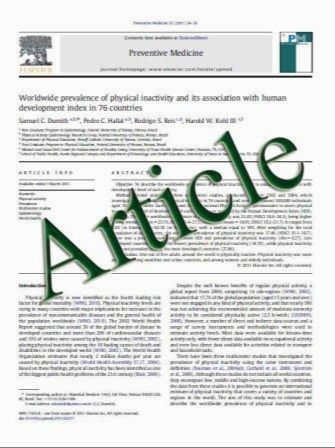Fracture behavior of straight or angulated zirconia implant abutments supporting anterior single crowns
- نوع فایل : کتاب
- زبان : انگلیسی
- مؤلف : Frank P. Nothdurft & Klaus E. Doppler ,Kurt J. Erdelt ,Andreas W. Knauber & Peter R. Pospiech
- چاپ و سال / کشور: 2010
Description
The aim of the study was to evaluate the influence of artificial aging on the fracture behavior of straight and angulated zirconia implant abutments (ZirDesign™; Astra Tech, Mِlndal, Sweden) supporting anterior single crowns (SCs). Four different test groups (n=8) representing anterior SCs were prepared. Groups 1 and 2 simulated a clinical situation with an ideal implant position (left central incisor) from a prosthetic point of view, which allows for the use of a straight, prefabricated zirconia abutment. Groups 3 and 4 simulated a situation with a compromised implant position, requiring an angulated (20°) abutment. OsseoSpeed™ implants (Astra Tech) 4.5 mm in diameter and 13 mm in length were used to support the abutments. The SCs (chromium cobalt alloy) were cemented with glass ionomer cement. Groups 2 and 4 were thermomechanically loaded (TCML=1.2×106; 10,000×5°/55°) and subjected to static loading until failure. Statistical analysis of force data at the fracture site was performed using nonparametric tests. All samples tested survived TCML. Artificial aging did not lead to a significant decrease in load-bearing capacity in either the groups with straight abutments or the groups with angulated abutments. The restorations that utilized angulated abutments exhibited higher fracture loads than the restorations with straight abutments (group 1, 280.25±30.45 N; group 2, 268.88±38.00 N; group 3, 355.00±24.71 N; group 4, 320.71±78.08 N). This difference in load-bearing performance between straight and angulated abutments was statistically significant (p=0.000) only when no artificial aging was employed. The vast majority of the abutments fractured below the implant shoulder.
Clin Oral Invest (2011) 15:157–163 DOI 10.1007/s00784-009-0377-y Received: 10 July 2009 / Accepted: 16 December 2009 / Published online: 19 January 2010


